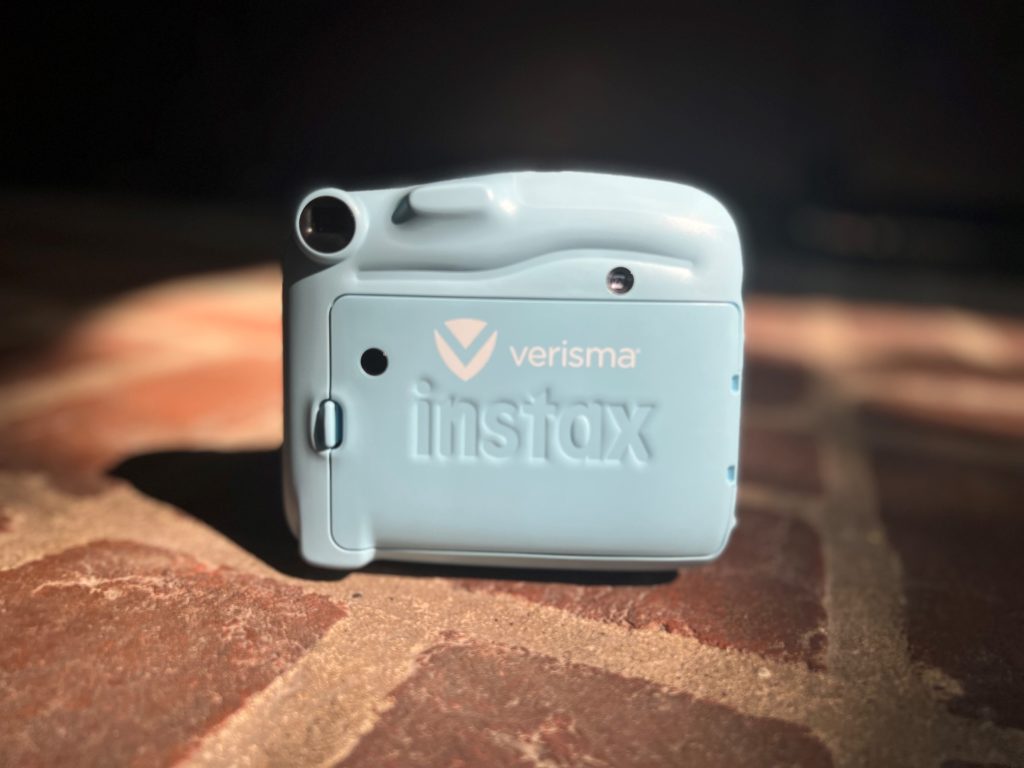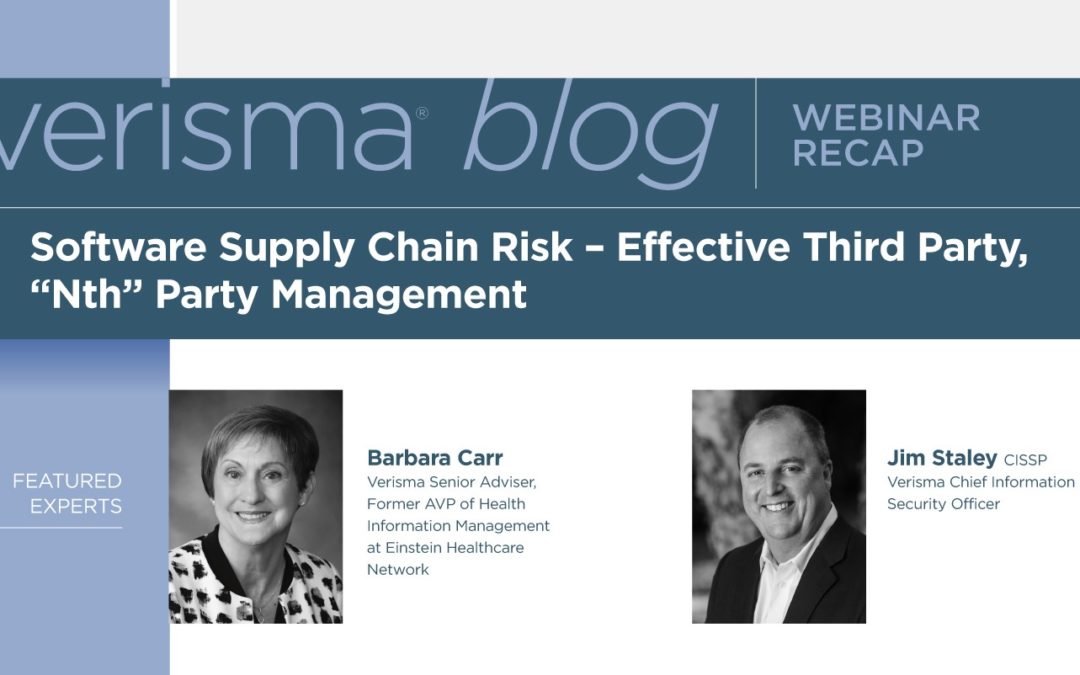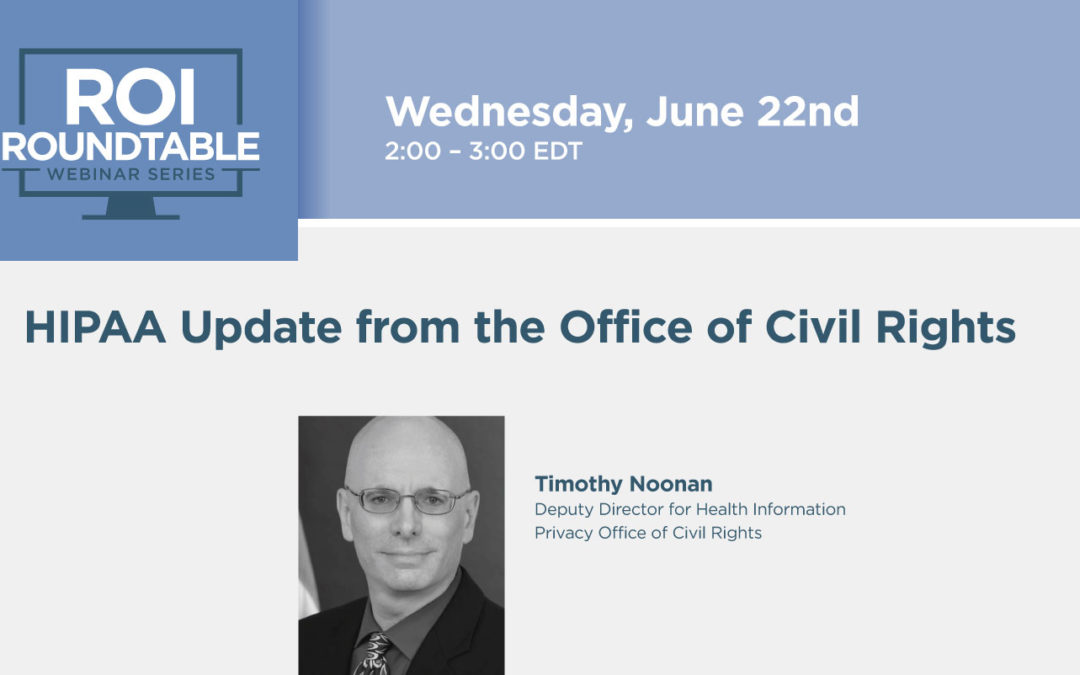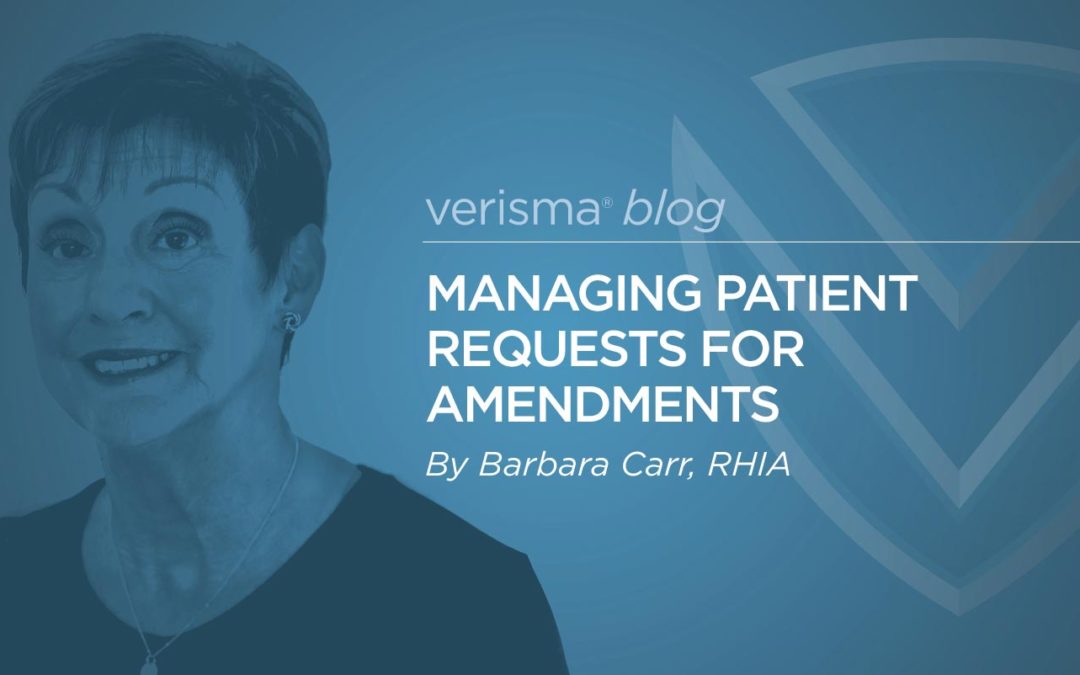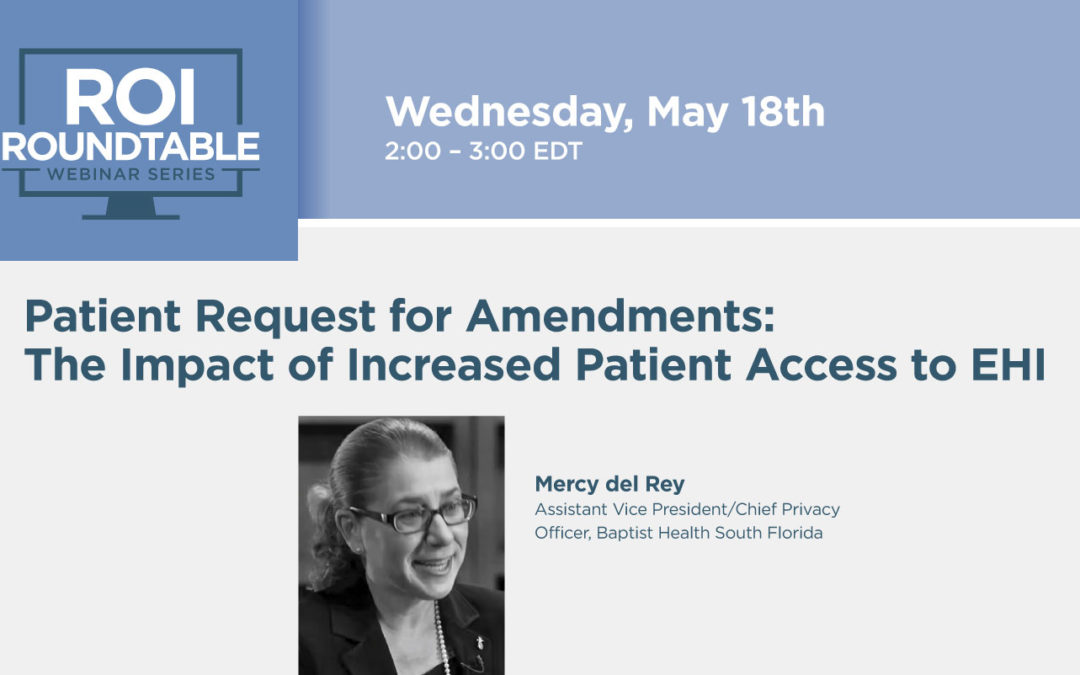By Barbara Carr, RHIA
The 21st Century Cures Act’s goal of increasing information sharing and enabling patients to have their healthcare data delivered conveniently to their computers, cell phones, and mobile applications has increased privacy and security worries for many healthcare organizations. Having the right data security and processes in place to enable information sharing is forefront as this new era of patient access continues to drive a more educated and engaged patient population demanding governance over their health information. We can expect that the once rare occurrence of record amendment requests will soon be a regular activity that will need to be carefully and accurately managed.
Presently, the Patients’ Right to Access must be granted within 30 days regardless of record location (onsite vs. offsite), and regardless of media type. One 30-day extension applies but must be communicated to the patient and documented. Any denial of access also needs to fit within this 30 day/60 day time frame.
The growing tech savvy and health aware public wants access and control over their health information. This has led to an increase in demand for the release of information to the patient. As we are all aware, the electronic health record is not always neat and tidy and easy to digest. Patient records also have a high degree of “copy and paste” type notes leading to issues with accuracy of information from visit to visit. With more patients reviewing their records than ever before, perceived interpretations and actual transcription errors require a more robust ability to address the influx of questions, corrections, and possible amendments.
It requires a dedicated team to handle these requests to ensure consistency of process and compliance and should not be left up to each area within the organization to address on their own. Having a streamlined way in which you handle requests for amendments is imperative for HIPAA compliance and overall patient satisfaction.
During our May ROI Roundtable Webinar Series, we were honored to have Mercy del Rey, Assistant Vice President and Chief Privacy Officer for Baptist Health System South Florida, and a Verisma client, speak to us on how their 12 hospital and 200+ outpatient center health system has employed a centralized process to address the significant growth of patient record amendment requests over the past decade.
Baptist Health South FLorida began their journey to a centralized process right from the inception of HIPAA, by establishing a corporate privacy office that would also be responsible for handling all patient amendment requests. With the advent of HIPAA and Right to Access, HITECH, Meaningful Use, and the explosion of the electronic medical record, they saw the volume of requests for amendments dramatically increase. The advent of patient portals, the information demand related to a global pandemic , and the government’s increased push for information interoperability and sharing, has further increased the volume of requests. In 2003, Baptist Health South Florida received 7 requests to amend healthcare information. That number has steadily grown to well over 300 requests a year at present.
Mercy demonstrated how they carefully evaluate each amendment request with questions that include:
- Does this error affect the care received?
- How will this affect future care?
- Legitimacy of the request such as “I fell at Walmart, not at home”.
- Where are all the places in the record that we need to have addendums?
- Will the record need to be re-coded and re-billed once a change has been made?
Having a central and dedicated trained and knowledgeable team review each request and make these determinations is essential for process consistency and overall amendment accuracy. This requires a detail review of the request and the medical record in question, as well as the ability to reach out to the clinician(s) involved who will review the request and review the medical record to determine whether the amendment can/will be made.
Some of the many roadblocks/challenges her team faces include a clinician’s willingness to review and amend a record, technical challenges that may affect the ability to capture the associated information across the record set, detangling medical records across multiple platforms, old paper records, complex requests that may require varying degrees of interpretation, and the careful management of unrealistic patient expectations. To help with these challenges, Mercy’s team looks to others in the organization for assistance in removing these roadblocks. They work hand-in-hand with the Patient Experience team to help manage to the patient communication process. For clinicians unwilling to cooperate, they have stablished an escalation process up the chain of command to their Chief Medical Officer. In addition, they work closely with Health Information Management on issues such as the detangling and updating of a medical record. As Mercy relayed, “It takes a Village”.
Key to process compliance and overall success, includes all new employees, including the physician staff, are trained on the amendment process as a part of their orientation and onboarding. This ensures that everyone is aware of the process from the beginning of their employment. Baptist Health System South Florida makes their patient amendment request form available on-line which automatically routes all new requests directly to Mercy and her Privacy Office. In addition, they receive requests from the Patient Experience team who sometimes receives the request as a part of their patient complaint filing process.
This centralized and accountable approach to handling patient amendment requests has enabled Baptist Health South Florida to maintain a scalable, highly organized, and compliant approach to handling patient requests for amendments all while keeping the patient’s needs, safety, and overall satisfaction at the forefront of their efforts.

